Understanding the 3-Move Checkmate in Chess
The 3-move checkmate, also known as the Fool's Mate, is one of the fastest ways to end a chess game. It leverages a few key principles of the game, namely the vulnerability of the f2 and f7 squares in the initial positions of each player's territory, which can lead to a swift victory if the adversary plays an extraordinarily weak series of moves. Mastering this quick checkmate can not only add a stunning weapon to a player's arsenal but also deepen one's understanding of the importance of king's safety and control of the center early in the game.
What is the 3-Move Checkmate?
The 3-move checkmate occurs in chess when one player achieves a checkmate with their third move. This checkmate almost exclusively happens to beginners who are yet to understand the basic principles of opening chess play - such as developing pieces effectively, controlling the center, and ensuring the safety of the King.
Executing the 3-Move Checkmate
Step-by-Step Guide:
To execute a 3-move checkmate, one must play as Black, with the opponent making extraordinarily poor moves as White. Here’s how you can achieve it:
- White opens with f3. This move weakens White's kingside, especially the vulnerable f2 square.
- Black should then move e5, aiming to open up pathways for the queen and bishop.
- White plays g4, further weakening their position by moving the pawn in front of the king, exposing the h4-d8 diagonal.
- Black responds with Qh4#. This move places the white king in check with no available squares to escape, achieving checkmate.
Key Considerations and Limitations
It is critical to note that the occurrence of a 3-move checkmate in practical play, particularly above the beginner level, is highly rare. The scenario requires inaccurate play from the opponent, which is unlikely among experienced players who understand the essential opening strategies. Thus, while it is beneficial to know about the 3-move checkmate, relying on it as a consistent strategy is impractical.
Strategic Learning from the 3-Move Checkmate
Understanding the mechanics behind the 3-move checkmate offers valuable insights into chess fundamentals. It underscores the importance of:
- King Safety: The quick defeat in this checkmate is a direct result of neglecting the king's safety. This principle remains central throughout the game.
- Control of the Center: Black’s move e5 in the checkmate sequence helps control the center and opens up lines for more significant pieces, a strategy applicable in broader contexts.
- Piece Development: Effective development and positioning of pieces are critical in protecting key squares and creating opportunities for attack and defense.
Conclusion
While the 3-move checkmate is fascinating and a fun trick to know, especially when showing new players some of the wonders of chess, its real-world application is limited. Instead, the principles it highlights about poor and strong play are where its true value lies. These principles can be extended to understand more complex strategies and improve one’s overall chess game. Mastering these fundamentals is far more worthwhile than counting on an opponent's mistakes for a quick win.
Explore our large collection of luxurious chess sets!





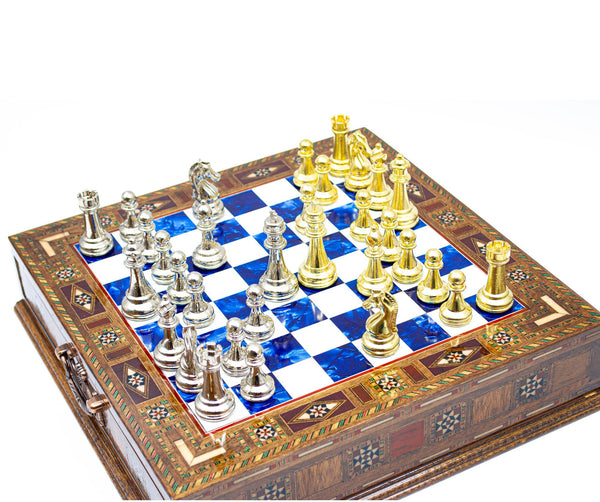












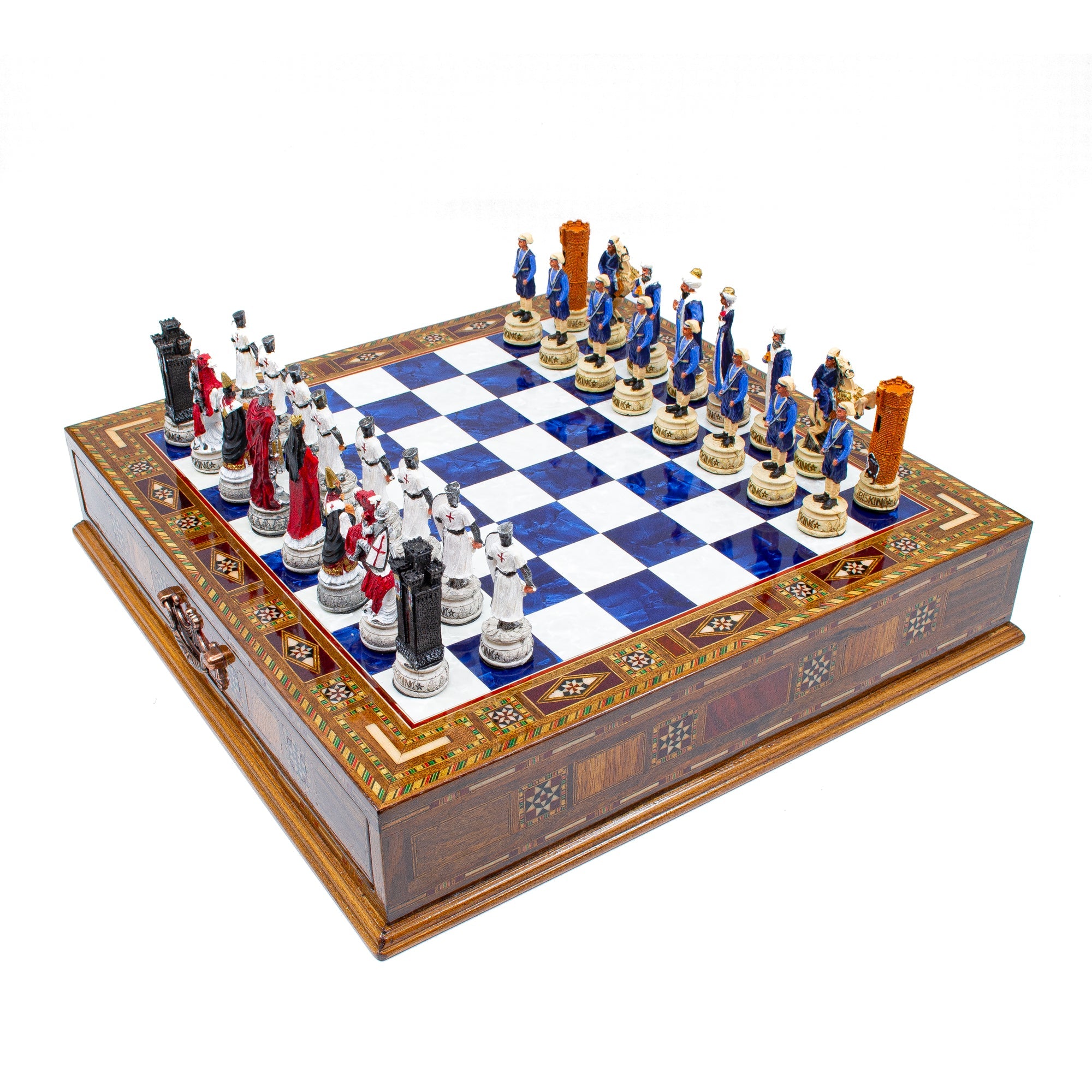

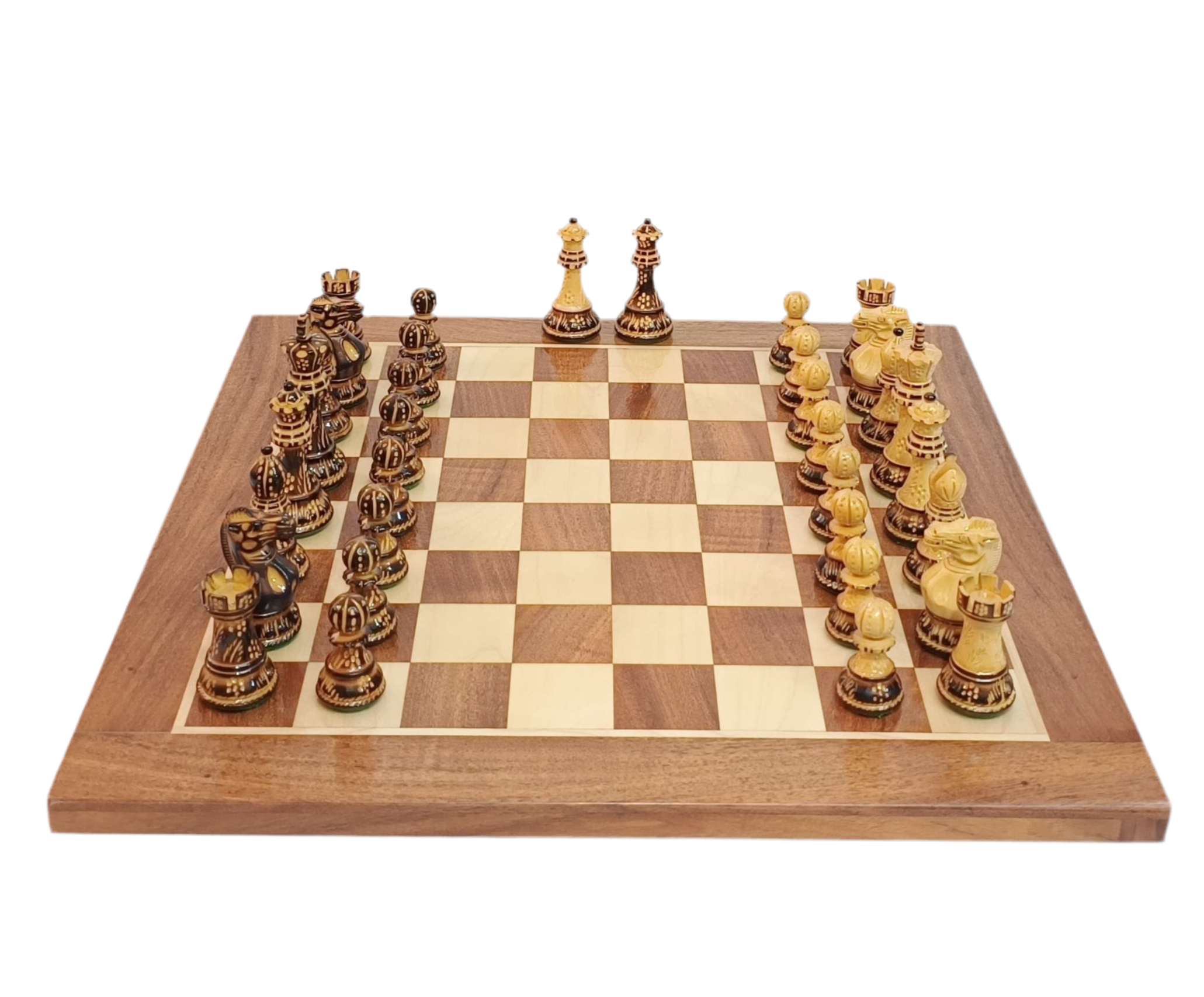
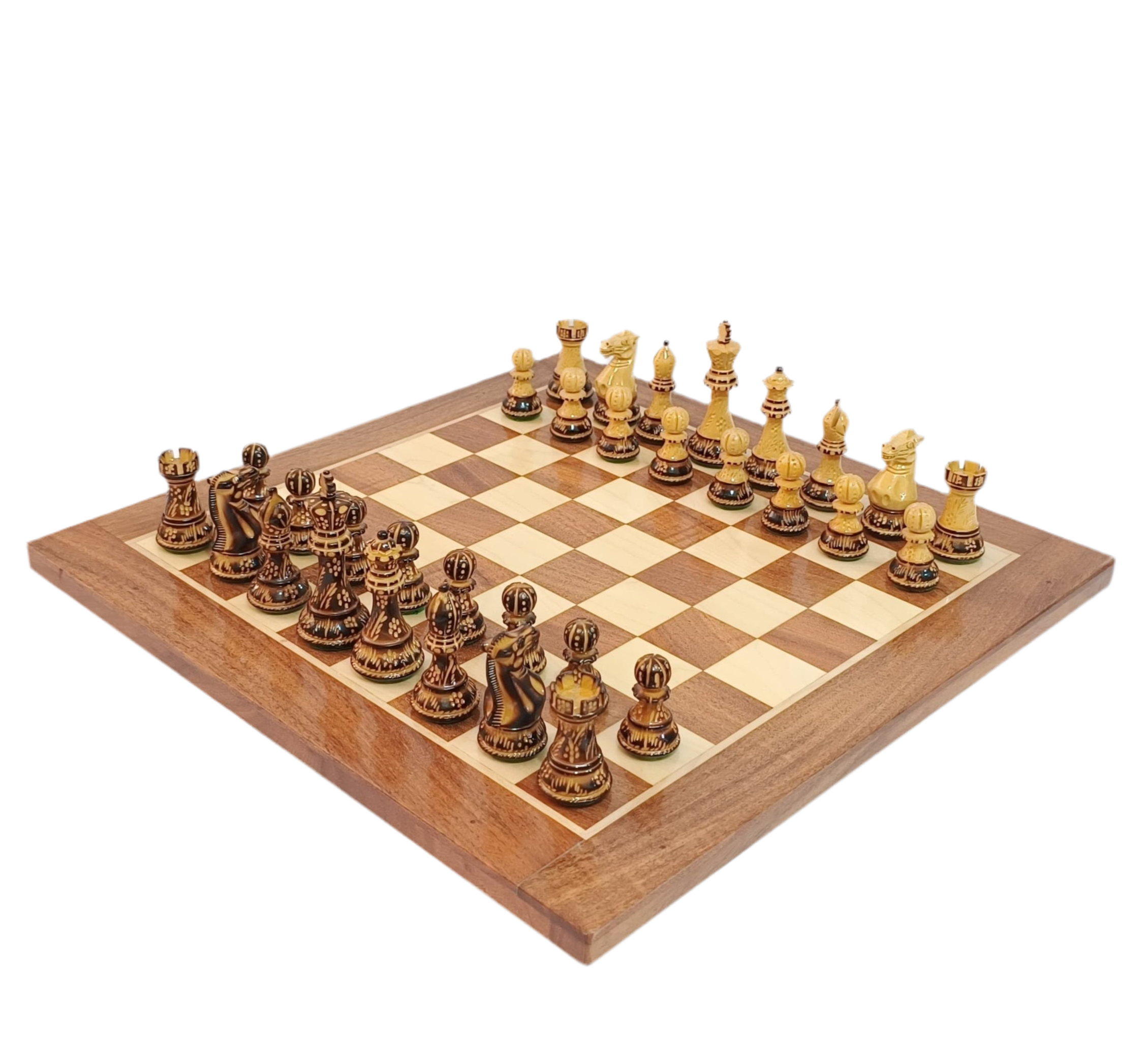





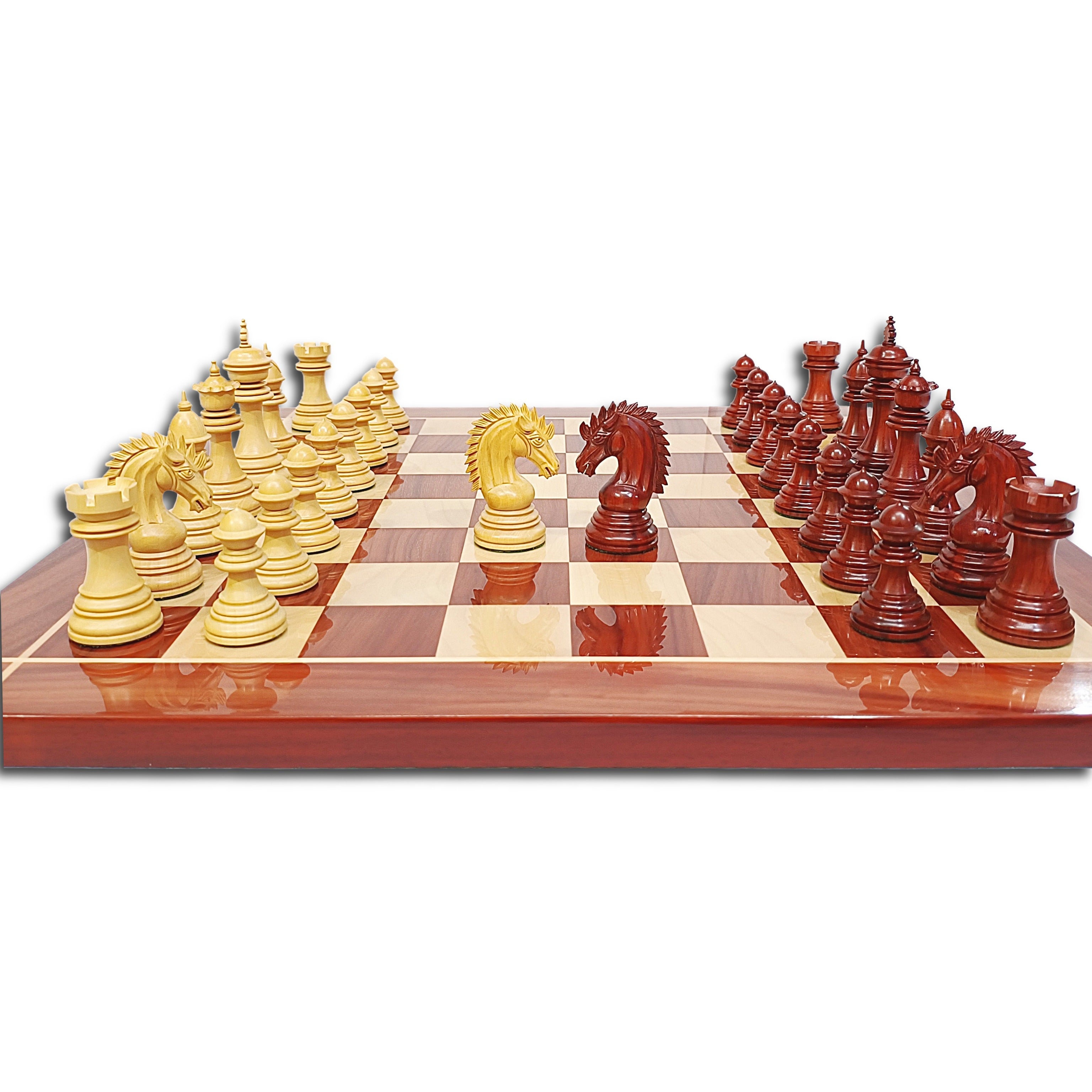





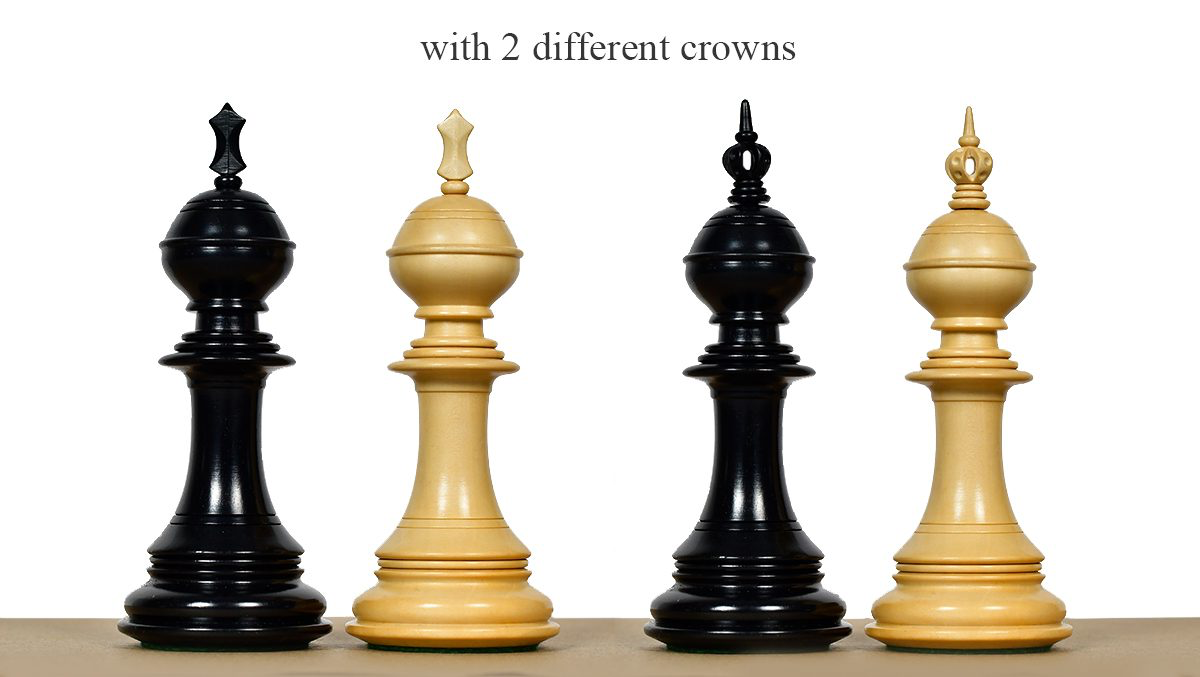




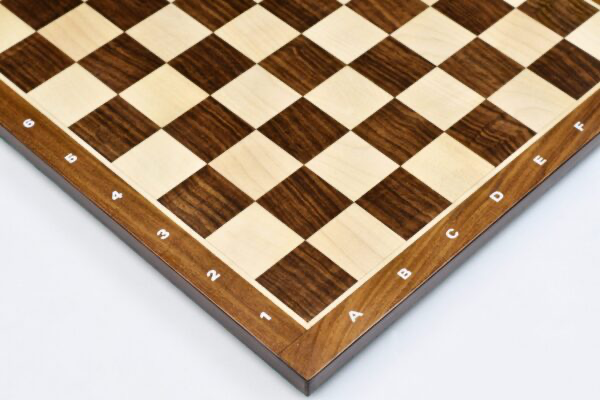
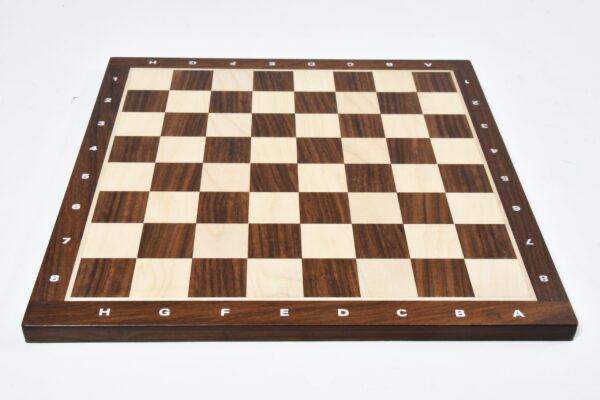




Leave a comment
All comments are moderated before being published.
This site is protected by hCaptcha and the hCaptcha Privacy Policy and Terms of Service apply.